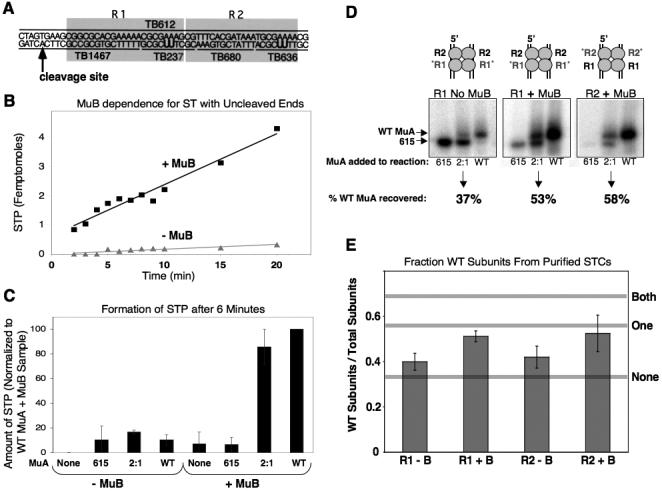Figure 5. Characterizing MuB's Interaction with the Transpososome.

A) Diagram of crosslinkable Mu end fragment. Fragment is composed of four small oligonucleotides annealed to one long oligonucleotide. B) Accumulation of strand transfer products using un-cleaved Mu end fragments with or without MuB. C) Accumulation of strand transfer product after 6 minutes with un-cleaved Mu end fragments. Reactions contained either MuA 615, a 2:1 ratio of MuA 615 to WT MuA, or all WT MuA, in the presence or absence of MuB. Amount of strand transfer product was normalized to reactions containing all wild-type MuA in the presence of MuB. D) Autoradiograph of polyacrylamide gel from crosslinking experiment. Samples are purified STCs from reactions containing either MuA 615, a 2:1 ratio of MuA 615 to WT MuA, or all WT MuA, in the presence or absence of MuB. Oligonucleotides in this experiment were radiolabeled at either the R1 or the R2 position, as indicated. Percentages indicate the relative amount of WT MuA recovered from purified STCs from samples initially containing a 2:1 ratio of MuA 615 to WT MuA. E) Fraction of wild-type MuA subunits recovered from reactions containing a 2:1 ratio of MuA 615 to WT MuA (i.e. an initial fraction of WT MuA subunits equal to 0.333). Reactions were done in both the presence and absence of MuB, with either the R1 or R2 position radiolabeled. Horizontal grey lines correspond to the expected recovery of wild-type MuA under three possible scenarios: neither, one, or both MuA subunits at a given position are required to interact with MuB for efficient recombination.
